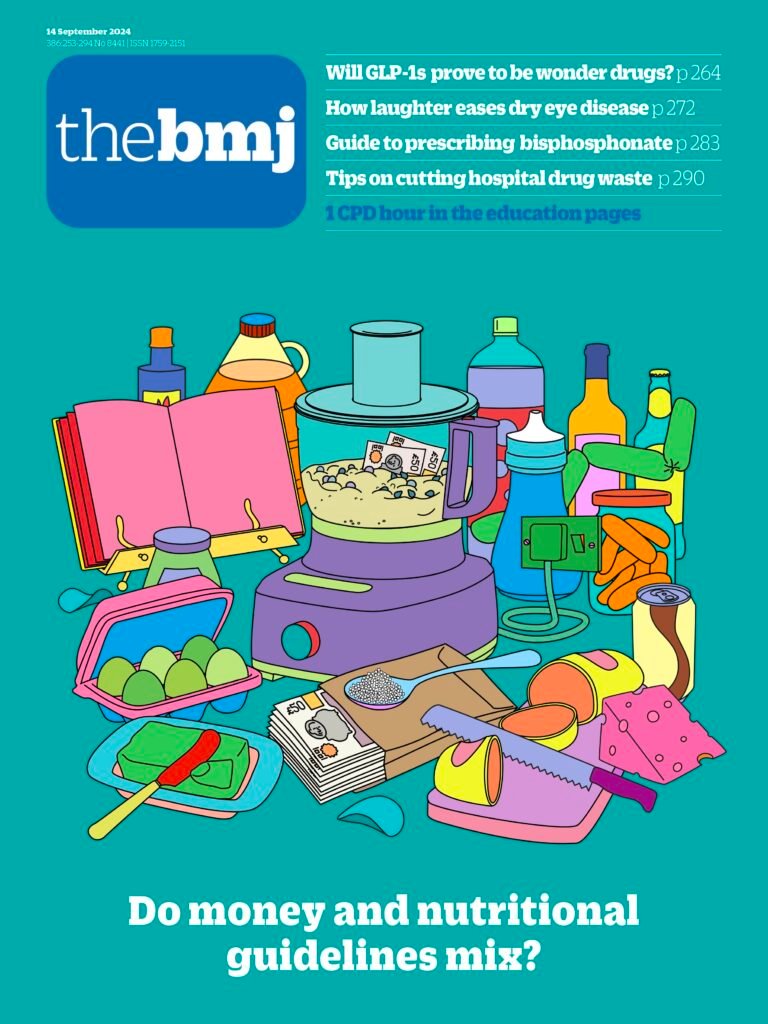- Andy Cowper, editor, Health Policy Insight
Ara Darzi’s Independent Investigation of the NHS in England does two main things.1 Firstly, it tells attentive health experts nothing they didn’t already know about the dreadful present state of the English NHS. It contains no surprises. Secondly, it’s very much about allocating blame for how the English NHS got into that state.
Both of these were needed. Since the end of the covid pandemic, NHS England’s leadership has shown an unfortunate tendency to downplay and understate how bad things really are. A speech by Amanda Pritchard, NHS England’s chief executive, at the NHS ConfedExpo in June demonstrated this.2 Furthermore, NHS England attempted to suggest that the service had adequate resources. This worked about as well as you’d expect: the NHS in England is currently in deficit of at least £2bn, which is expected to worsen as the current financial year continues.3
The statistics are grim, if familiar. Productivity has cratered, as last year’s Institute for Government report The NHS Productivity Puzzle showed in detail.4 Despite the hospital workforce rising by 17% from 2019 to last year, acute output hasn’t risen at nearly the same rate, leading to a large “productivity gap.” This is one reason why NHS waiting lists remain high. Failure to modernise and update infrastructure (such as diagnostic or operating theatre capacity) has exacerbated this problem.
The UK has appreciably higher cancer mortality rates than other comparable countries. Ambitions to diagnose more cancers at an early stage saw “no progress whatsoever” from 2013 to 2021. And long waits in the emergency department are likely to be causing 14 000 excess deaths every year.
Four drivers of failure
Darzi concludes that “long waits have become normalised.” His report ascribes the blame for the current state of the NHS in England to four main drivers.
The first is the austerity decade of 2010-19, when the NHS had real terms funding rises averaging about 1% over inflation, in contrast to the long run average of nearly 3.4%. This particularly includes capital spending, of which the report shows a cumulative underspend of £37bn: “the NHS has been starved of capital and the capital budget was repeatedly raided to plug holes in day-to-day spending. The result has been crumbling buildings that hit productivity—services were disrupted at 13 hospitals a day in 2022-23. The backlog maintenance bill now stands at more than £11.6bn.”
The second area of blame is the 2012 Health and Social Care Act: the NHS reforms introduced by the coalition government’s health secretary, Andrew Lansley. Darzi calls this “a calamity without international precedent. It proved disastrous. By dissolving the NHS management line, it took a ‘scorched earth’ approach to health reform, the effects of which are still felt to this day. It has taken more than 10 years to get back to a sensible structure. And management capability is still behind where it was in 2011.” He correctly relates this confusing mess of reforms to the present problems affecting English NHS management structures and systems.
Lansley has had nothing like the scrutiny expected for his disastrous NHS reforms, which aimed to turn competition, clinical commissioning, and patient choice into the new operating system of the NHS. One must have a heart of stone not to laugh at the memory of Lansley telling the 2011 Royal College of Nursing conference, “I’m sorry if what I’m setting out to do hasn’t communicated itself.”5
The Lansley NHS reforms failed absolutely: the “three Cs” (competition, commissioning, choice) have driven precisely nothing in NHS reform since 2012, and Lansley’s changes were quietly undone by Simon Stevens during his tenure as NHS England’s chief executive.6
Implicitly political
Darzi’s identification of the root causes is unambiguous: “four heavily inter-related factors have contributed to the current dire state of the NHS. They are austerity in funding and capital starvation; the impact of the covid-19 pandemic and its aftermath; lack of patient voice and staff engagement; and management structures and systems.”
Barring the pandemic, all three of those issues are about how the NHS was reformed, run, and resourced under the 2010-24 Conservative governments. This is, albeit implicitly, a very political report. The Darzi review is of a piece with the rest of Labour’s post-election communications about the state of the state and the economy that the party inherited.
Ironically, this is an expanded reflection of the David Cameron/George Osborne messaging, up to and after the 2010 general election, that Labour had crashed the economy: Labour’s 2024 riposte is that the Conservatives crashed both the economy and the public services.
It’s interesting how much the Darzi review emphasises Lansley’s NHS reforms. It’s also politically smart, because they were a total failure. Choice, competition, and clinical commissioning achieved nothing in the English NHS over the past 12 years. The Darzi review’s main, unstated purpose is about the allocation of political blame. It does that quite effectively.
Footnotes
-
Competing interests: None declared.
-
Provenance and peer review: Not commissioned, not peer reviewed.


